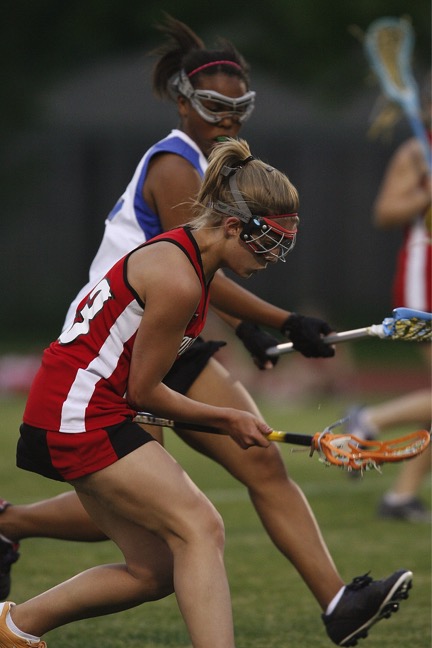
By Linda Conlin, Pro to Pro Managing Editor
Should professional athletes set an example, especially for young fans, that eye protection is important in sports by being required to wear eye protection? That question was posed in a March 2018 poll by the American Academy of Ophthalmology on their website. One could suppose that most visitors to the AAO website are eye care professionals, thus making the results of the poll surprising.
Should professional athletes have to wear eye protection?
- Yes, all athletes, always 35.09%
- Yes, but only for the most dangerous sports26.32%
- Maybe it should be encouraged, but not required26.32%
- No, let each individual decide12.27%
Eye protection has seemed to be of little concern in professional sports. It wasn’t until 1968 that Kareem Abdul-Jabbar began wearing basketball goggles, and then only after his cornea was scratched during an NCAA game. Greg Neeld was the first to wear a protective visor for hockey in 1973 after he lost his left eye due to a blow from a hockey stick. It wasn’t until forty years and an unknown number of eye injuries later, the National Hockey League (NHL) mandated that any player with fewer than 25 professional games under his belt must wear a protective visor. The first NFL player to use a visor was Mark Mullaney of the Minnesota Vikings in 1984, so he could protect an eye that was healing from an injury. In September 1995, the American Amateur Racquetball Association mandated the use of protective eyewear for all participants. In 1999, professional soccer player Edgar Davids needed permission from the International Federation of Association Football to use protective eyewear after glaucoma surgery on his right eye. US Lacrosse was somewhat more progressive when they mandated protective eyewear for all levels of the women’s game in 2005. Facemasks are required for the men’s game. In April 2011, the National Federation of State High School Associations began requiring protective eyewear for players. However, The International Hockey Federation and USA Field Hockey do not have this requirement. Twenty years after former U.S. squash champion Will Carlin suffered a torn and detached retina when a ball struck his eye, U.S. Squash began requiring protective eyewear for players and coaches in 2012.
This all seems like fairly recent history. As an eye care professional, I can’t help but wonder why no one knew better sooner. Sadly, in most cases, an injury came first, then the protection, and then not quickly. As professionals, we try to educate our patients about eye protection for sports, but when the stars of any sport don’t protect their eyes, we have much more convincing to do. But don’t give up! Advances in sports eyewear technology and style make protection more appealing. You can learn more about protective eyewear with our CE, Upping Your Game, Taking Sport Eyewear to the Next Level, Part 1 , at 2020mag.com/ce.











